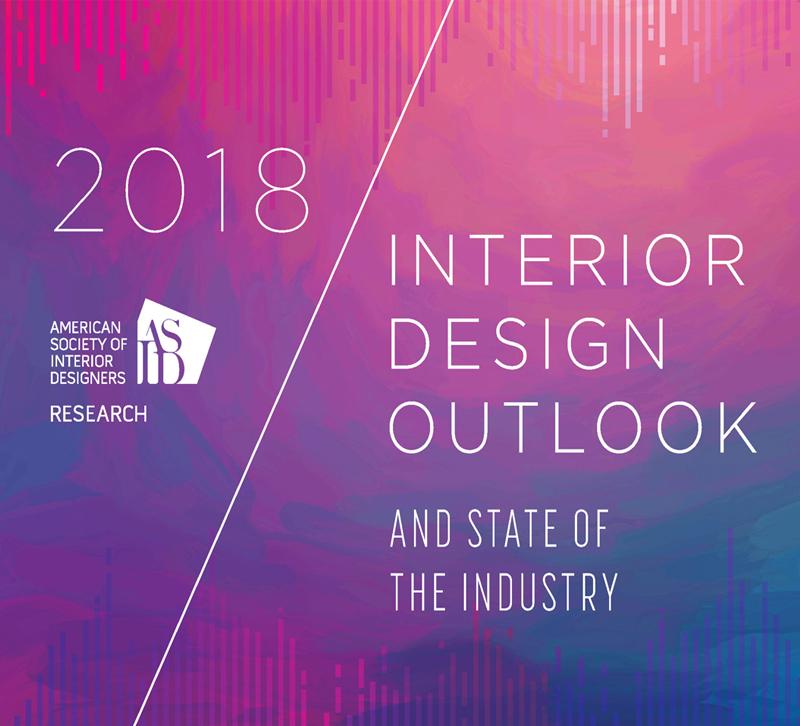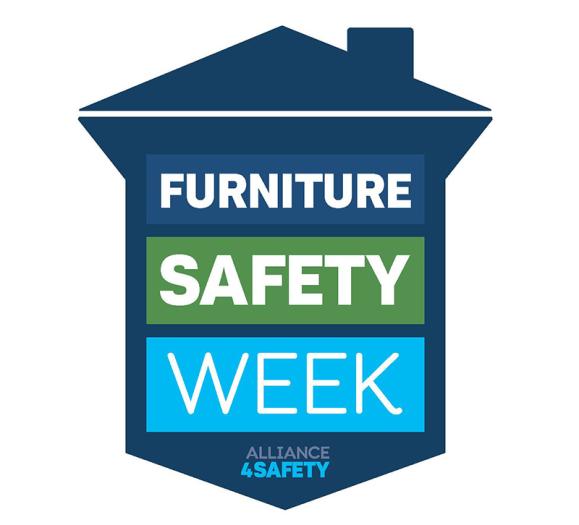The American Society of Interior Designers released its annual Interior Design Outlook and State of the Industry Report. There's a ton to unpack with great information for interior designers as well as lighting and home furnishings retailers.
Members can access the report for free while non-member will have to purchase it. To help you make sense of it all, here are the three biggest takeaways from the report.
Threat of a trade war is real — and a major problem
As the ASID report notes, the current administration has not been as cohesive in its formation of a U.S. trade policy, and that's a big question mark for the industry and one it should prepare for. In regards to the North American Free Trade Agreement (NAFTA), for example, there has been talk of renegotiating and pulling out of it completely. There's also been talk of imposing tariffs on Chinese imports (and has already done so in the energy sector), which on a large scale would almost certainly cause a trade war.
"Depending on the administration’s actions," the report says, "the possibility of a trade war is very real. That would be a blow to the economy and could push the United States into a recession by 2019 or 2020."
While renegotiating is necessary, the report says, pulling out of NAFTA at this stage could be disastrous for the interior design industry. Many design products come from Canada and Mexico, as well as construction supplies, which could impact the design industry through the construction sector.
What You Should Do: Keep an eye on what the administration does with the U.S. trade policy and, in the same vein, tax policy. Most trade experts want to renegotiate trade deals, but trade wars hurt the whole economy.
Home improvement spending is on the rise
Since 2012, the amount of money spent on home improvement projects in the residential construction sector has grown substantially, far more than either new residential construction of new multi-family construction. From 2014 to 2016, the sector grew almost 10 percent, and between 2016 and 2017, it grew by more than 15 percent.
ASID's report points to a number of factors that lead to more home improvement investment. Buyers of new homes spend about $12,000 on new property repairs and alterations, appliances and furnishings in their first two years. Buyers of existing homes spend just a little less at $11,000 in their first two years.
Of course, these numbers come with some caveats. For example, these are averages, so some people may spend closer to that $12,000 or $11,000 while others will be far more moderate. Also, the number of buyers of existing homes is about eight to nine times that of the number of new homebuyers.
What You Should Do: If you're not using your website, blog or social media platforms to show off before-and-after projects, you're missing out on a lost opportunity. Consumers like to visualize how your services can transform their spaces.
Lighting and home furnishings retailers, you can get in on this too. Updating kitchen and bath lighting or replacing an old rug or sofa can revitalize a space. These little updates can make a huge impact, and they don't have to be a huge cost to customers. Ask your clients for before-and-after photos of their spaces to show future customers how they too can update a space with a few small tweaks.
Non-designers pose a major challenge to traditional interior designers
Design has never been more accessible to the masses, and residential interiors designers are starting to feel the effects of the internet and the competition it has created.Today's consumers can learn about design from a number of sources: from magazines like Elle Decor to design media sites like ApartmentTherapy.com to design books available at bookstores and through Amazon.
Other non-designer companies have come up through the internet. Big-box and internet retailers like Pottery Barn, IKEA and Wayfair use augmented reality to help buyers better visualize their products in the buyers' homes, which helps increase consumer confidence in their purchases. As we reported in the February issue, buyers who look at a product through AR are three times as likely to purchase the product.
Retailers are also looking to become one-stop destinations for all things design. Last year, we reported that Home Depot joined forces with Laurel & Wolfe to create a digital interior design service.
But perhaps the biggest indicator of disruption in the design industry is the growth of digital interior design services like Havenly.com and HomePolish.com. These platforms offer a number of price points, and those price points start at free. Even if consumers don't purchase a service, Havenly.com offers tons of design advice and inspiration. With their free service, customers can ask a designer a question and get some good feedback. Ultimately, they're still in control of the buying decision, but they're getting a crash course in design.
In our July issue last year, we wondered: What happens if digital design becomes the new norm? What if Millennials and Generation Z (those born between 1994 and 2014) gravitate towards these free or low-cost services, feel comfortable designing their spaces and then don't hire an interior designer later? What if they turn to these free services to ask questions like how much should I spend on a sofa, what's the difference between an $80 and $400 identical-looking accent chairs?
Because let's face it: Interior design is fun. It's not like plumbing or electrical work where one wrong DIY move can cost homeowners thousands. If you don't like the product, return it. If you want sustainable furnishings, Google it. Why hire someone to do what you can do and enjoy doing for yourself?
What Should You Do: Before the internet, designers were gatekeepers. Now that gate is open, and there's no closing it. Designers will need to illustrate their value to consumers. That means having a solid digital strategy and looking for new ways to demonstrate the value of an interior design service.
What are your thoughts on the 2018 Interior Design Outlook and State of the Industry Report? Share with us in the comments.







